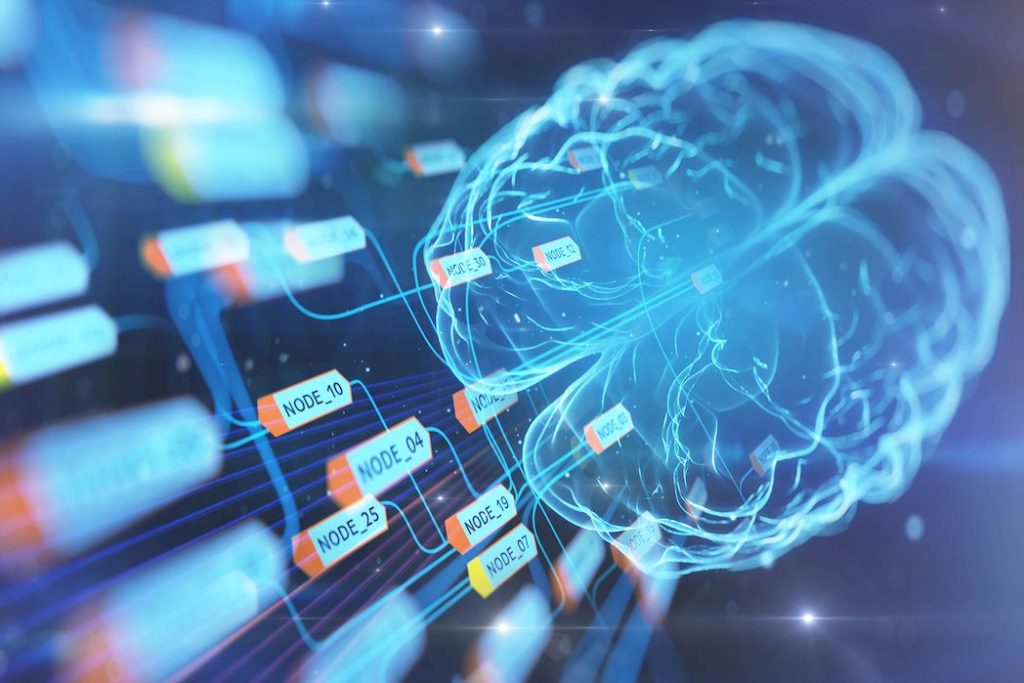Technological Advancements in Neuralink
Neuralink’s N1 implant, a coin-sized wireless device, targets brain regions controlling movement. By decoding neural activity, it enables users to interact with computers or smartphones through mental focus alone. Initial human trials in 2024 demonstrated promising results, with participants regaining limited control over digital interfaces. Musk envisions expanding applications to assist wheelchair navigation and eventually restore walking capabilities for paralysis patients. This represents a significant leap over existing BCIs, combining high-precision neural recording, wireless charging, and real-time data processing in a single implant.
Ethical Concerns and Animal Welfare Controversies
Neuralink’s rapid progress has faced scrutiny over its ethical practices. Allegations of animal mistreatment emerged, with reports indicating that primates used in early trials suffered severe complications, including brain inflammation and fatal surgical errors. Veterinary records revealed that some monkeys endured prolonged suffering due to adhesive leaks and improper post-operative care. Critics argue that the company prioritized speed over ethical rigor, raising questions about the moral cost of such innovations. Musk denied wrongdoing, claiming animals were already terminally ill, but internal documents contradict these assertions.
Transparency and Regulatory Challenges
The lack of trial transparency has drawn criticism from the scientific community. Unlike competitors like Synchron and BrainGate, Neuralink has not registered its PRIME study on public platforms like ClinicalTrials.gov, nor has it published peer-reviewed data. Musk’s reliance on social media updates—described as “drip-fed disclosures”—has been condemned as scientifically irresponsible. Regulatory bodies have penalized Neuralink for hazardous material violations, while bioethicists warn that private funding models risk prioritizing profits over patient safety.
Human Autonomy and Long-Term Risks
Beyond immediate safety issues, experts highlight existential risks. Fully implanted devices raise concerns about hacking, data privacy, and irreversible neurological alterations. The potential for third-party manipulation of neural signals challenges fundamental principles of medical ethics, particularly informed consent and bodily autonomy. Moreover, the inability to easily remove or upgrade implanted components creates lifelong dependency risks. These dilemmas underscore the need for robust ethical frameworks alongside technological development.
Conclusion
Neuralink’s achievements mark a milestone in neurotechnology, offering transformative possibilities for paralysis treatment. However, balancing innovation with ethical accountability remains critical. As BCIs advance, interdisciplinary collaboration among scientists, ethicists, and policymakers will be essential to ensure patient welfare and societal trust in this emerging frontier.
















